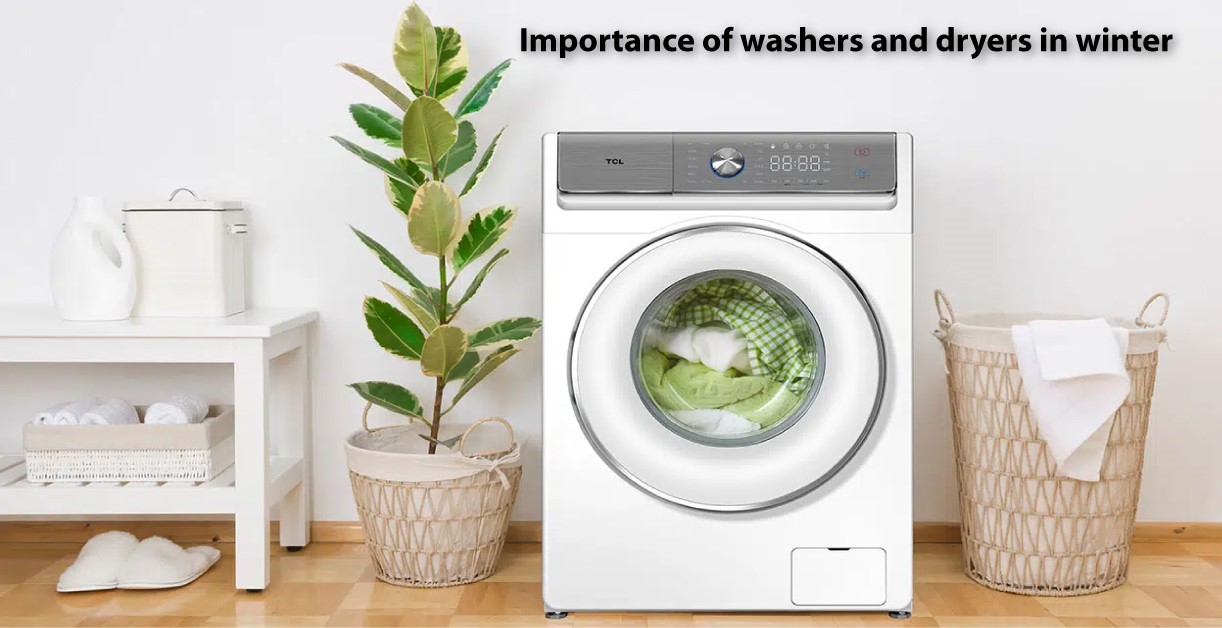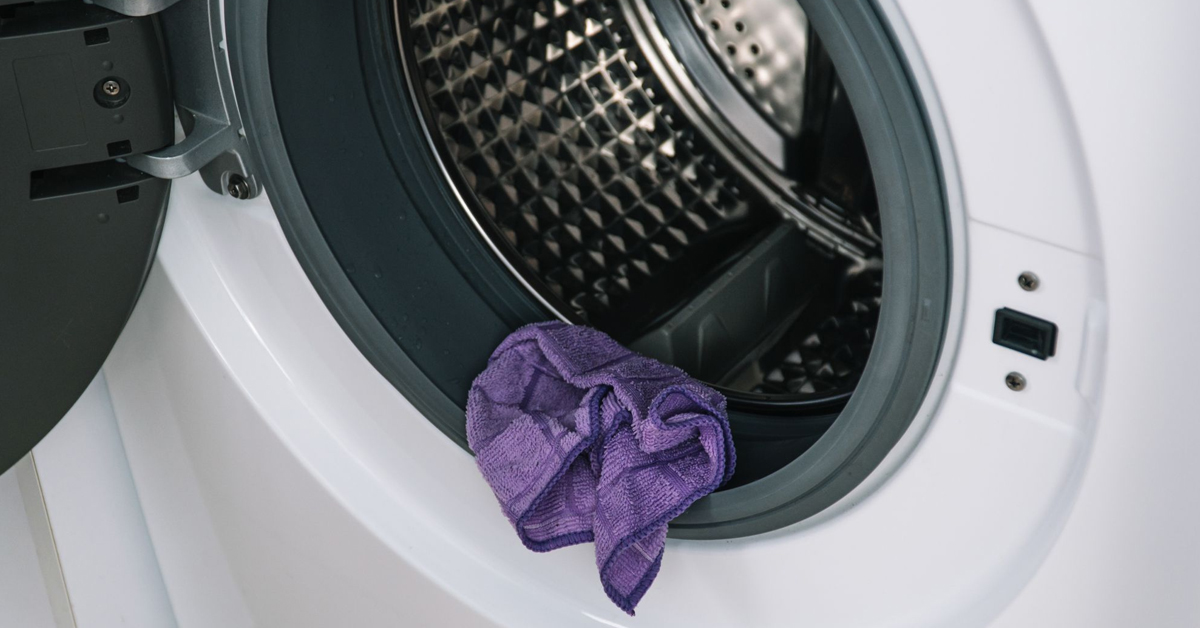The washing machine is one of the most crucial tools in every home when it comes to doing laundry. Two widely used types of washing machines—top load and front load—have emerged as a result of the evolution of washing machine design and functioning over time. Although both kinds of machines perform the same function, they differ in important ways that may affect how you do your laundry. To assist you in choosing the best machine type for you, we’ll compare top-load and front-load washing machines in this post.
Capacity
The capacity that top-load and front-load washing machines offer is one of their main differences. Top-loading washers often have more space and can fit more clothing in each load. This is so that more clothes can fit in the vertical drum that they have. On the other hand, front-load washers have a limited capacity and often only hold 10-15 lbs of laundry per load. This is due to the horizontal drum they employ, which has a smaller capacity for clothing but is intended to be more energy-efficient.
Water Usage
One of the main distinctions between top-load and front-load washing machines is the amount of water used. Compared to top-loading machines, front-loading ones use a lot less water. This is so that front-loading washers can use less water to clean clothing by tumbling them. Top load machines, on the other hand, need a lot of water to fill the drum, which may result in increased water costs. Hence, if you’re concerned about water conservation, a front-load washer can be a better option for the environment.
Energy Efficiency
In general, front-loading washing machines are thought to be more energy-efficient than top-loading ones. This is due to the fact that they consume less water and power to operate. Also, because front-loading machines spin at a quicker pace, the garments come out of the machine with less moisture and dry more quickly. Over time, this can result in significant energy and financial savings.
Cleaning Performance
Washing machines, both top load and front load are made to clean clothes, but they do it in different ways. Top load washers use an agitator, a center pole that moves and rubs against the clothes to remove stains and grime. Contrarily, front-load washers use a tumbling motion that is kinder to clothing and more successful in getting rid of stains and grime. Moreover, front-load washers spin at a faster rate, which aids in removing more water from the clothes and speeds up drying.
Maintenance
When deciding between top-load and front-load washing machines, maintenance is an important element to take into account. Compared to top-loading machines, front-loading machines need more maintenance. This is because front-load washing machines contain a rubber door seal that, if improperly cleaned and dried after each use, can retain moisture and encourage the formation of mold. Also, if the door and detergent dispenser are not frequently cleaned, front-loading washers may start to smell musty. Conversely, top-load machines are typically simpler to maintain since they lack a rubber door seal that might collect moisture. To avoid the accumulation of fabric softener or detergent residue, it is nevertheless crucial to routinely clean the detergent dispenser and drum.
No matter what kind of machine you select, it’s critical to adhere to the manufacturer’s maintenance and cleaning recommendations. This will increase the lifespan and ensure the smooth operation of your equipment.
Cost
Top-load washing machines are typically less expensive than front-loaders in terms of price. This is so because top-load machines have been around longer and have a simpler design. Front-loading machines cost extra because they have more sophisticated features including faster spin speeds and energy efficiency. Front-loading washing machines, however, can also help you save money over time by consuming less water and electricity.
Accessibility
Compared to front loaders, top-load washing machines are simpler to use and more readily available. This is because it’s simpler to load and unload clothes. After all, the drum is at the top of the machine. Contrarily, front-load washers require users to stoop down to load and unload clothes, which can be challenging for certain people, particularly those who have back issues.
Conclusion
Finally, both top-loading and front-loading washing machines offer benefits and drawbacks. Although top-load machines often cost less and have a bigger capacity than front-load machines, they consume more water and electricity. On the other hand, front-load machines are more expensive and need more maintenance but are more energy-efficient and use less water.
It’s crucial to take your particular demands and tastes into account while choosing between the two machine kinds. A top-load washer might be a better choice if you have a large family and need to do a lot of laundry because of its increased capacity. A front loader might be a better option, though, if you have a smaller home and are concerned about energy and water use.











Leave a comment